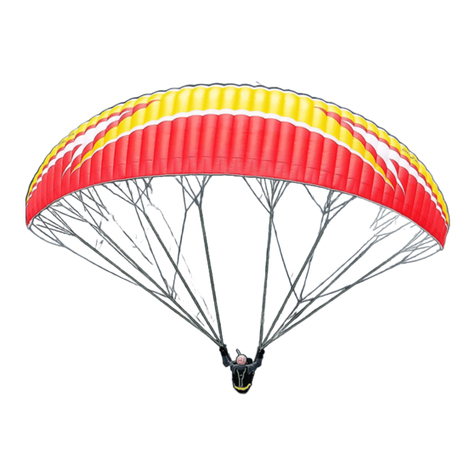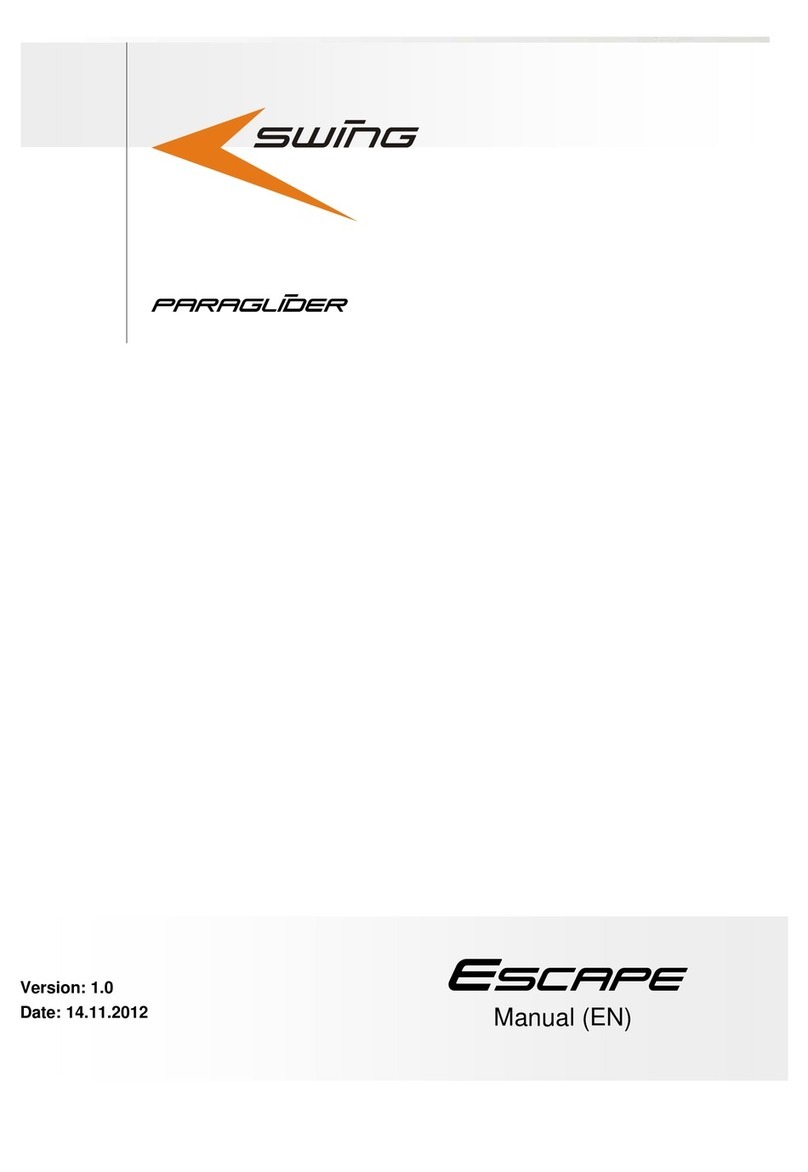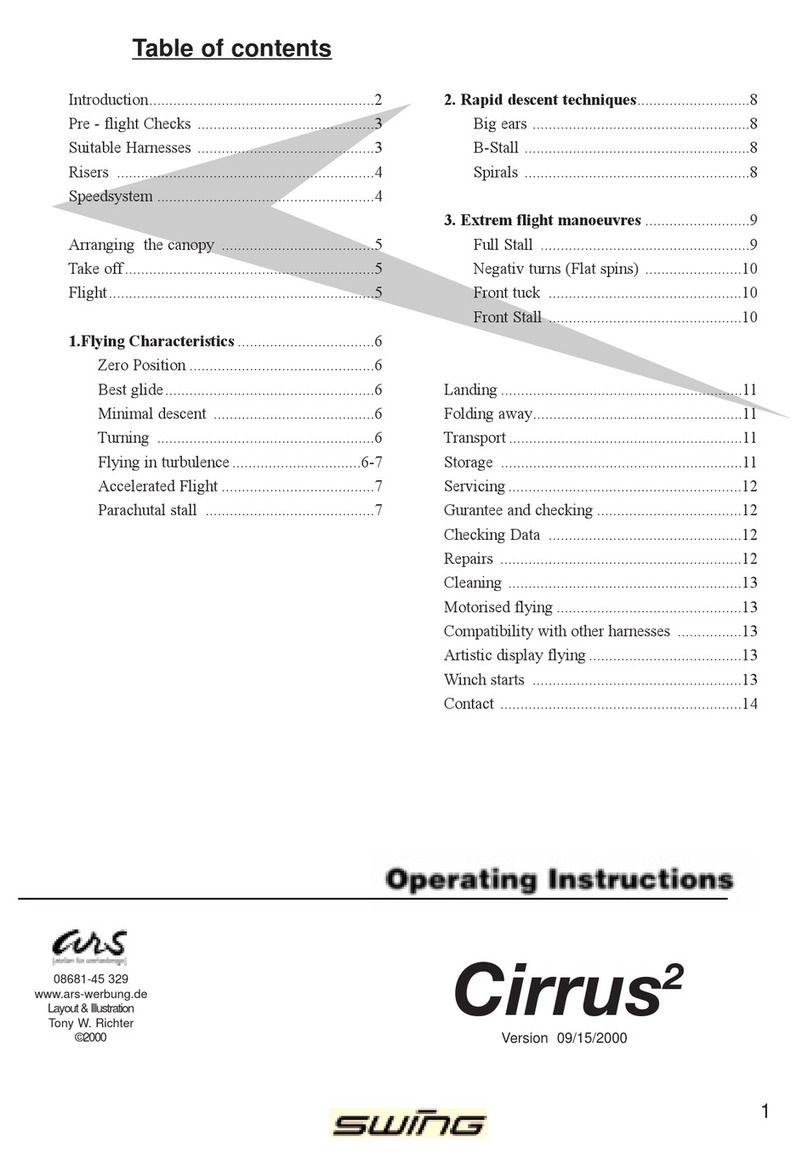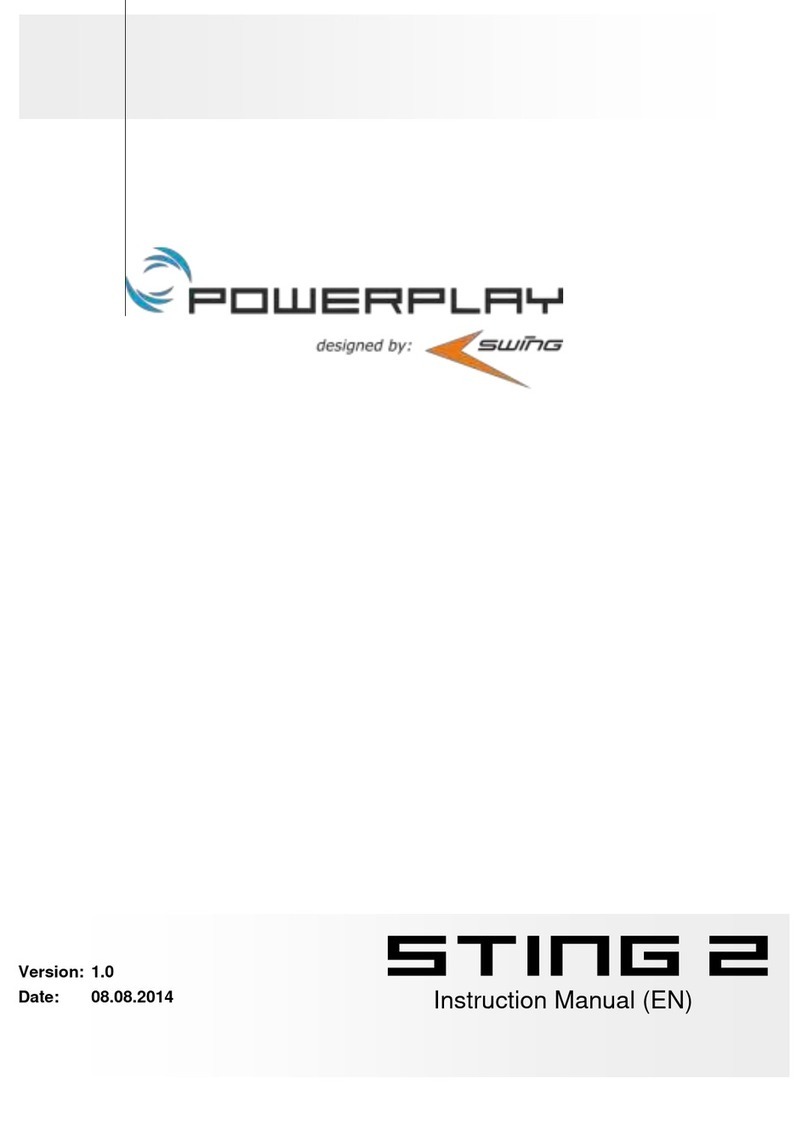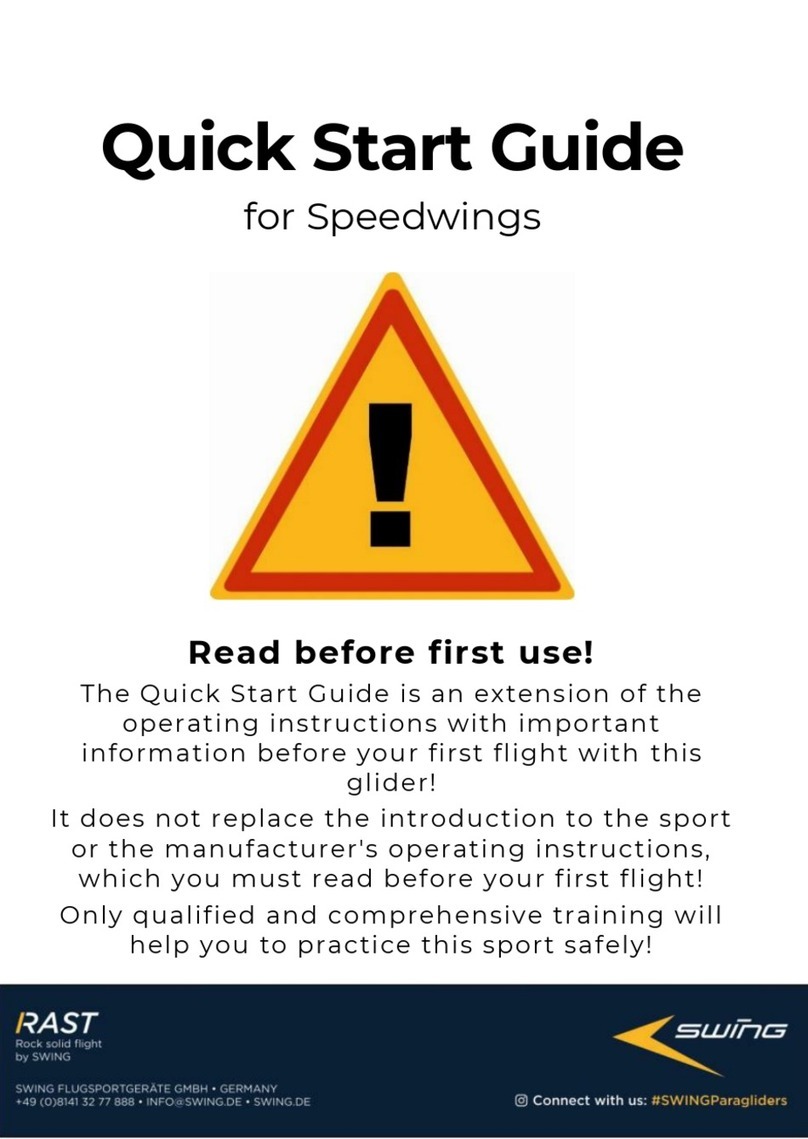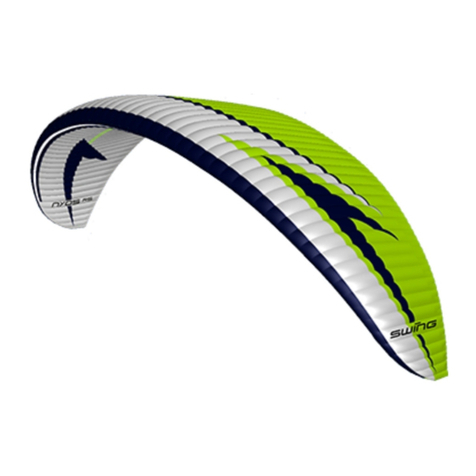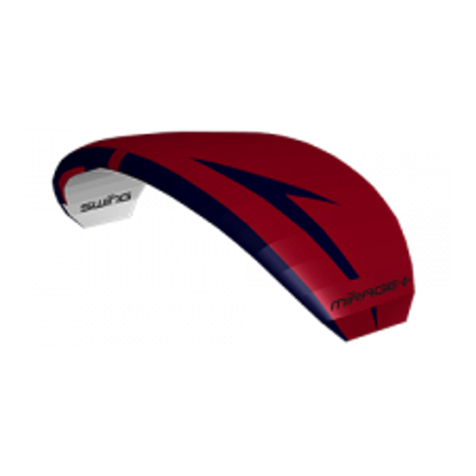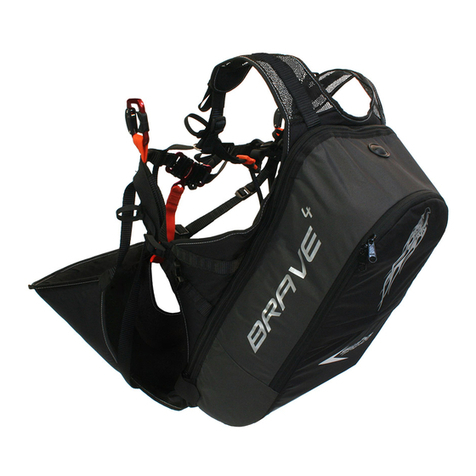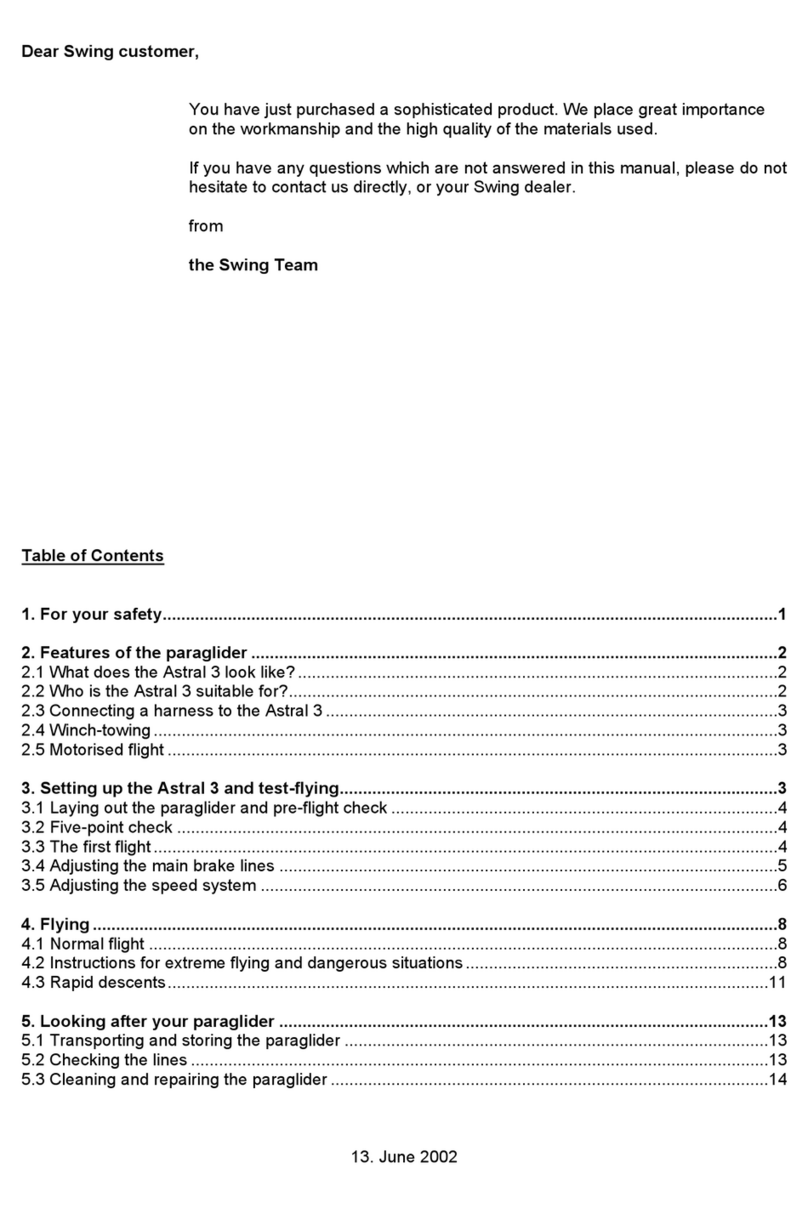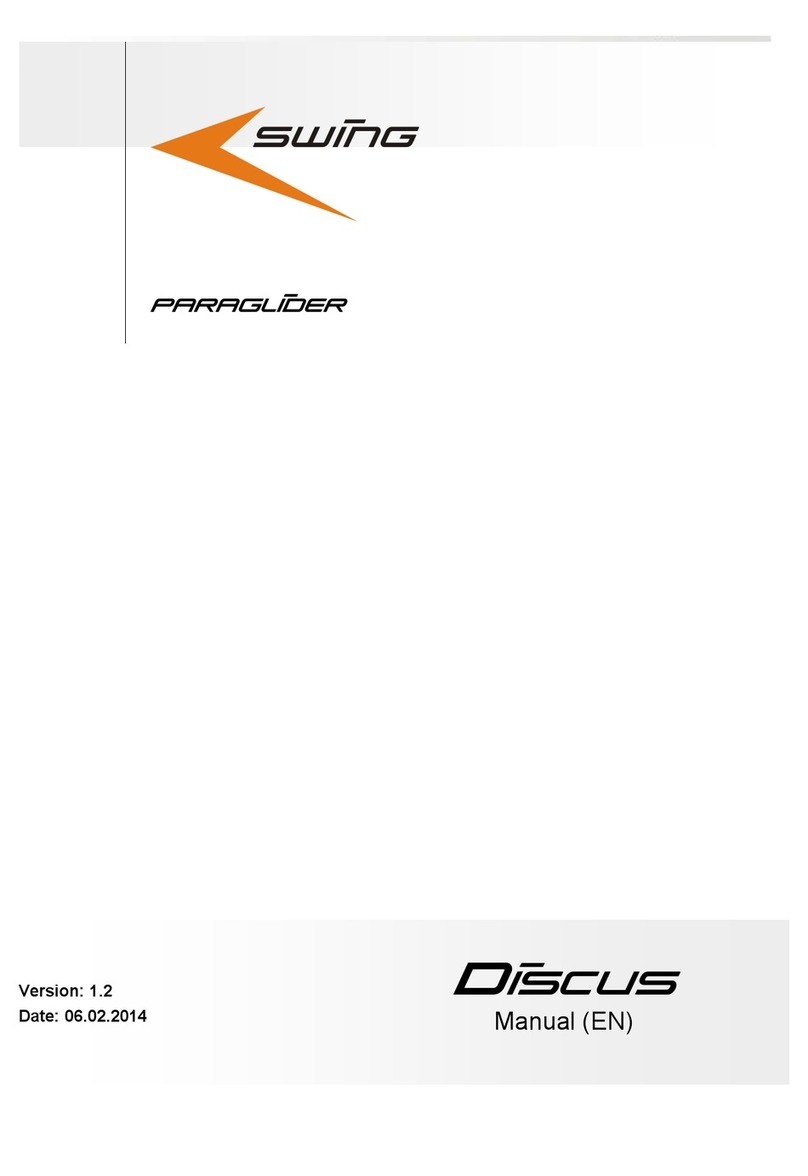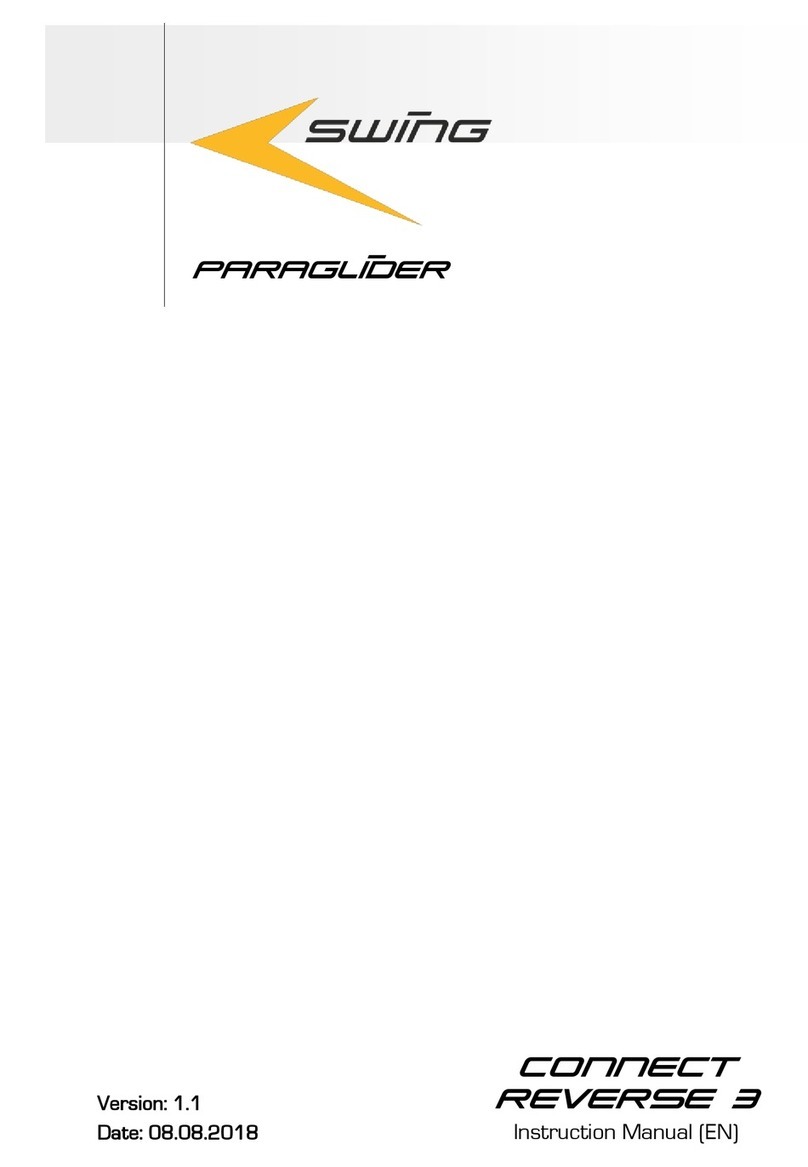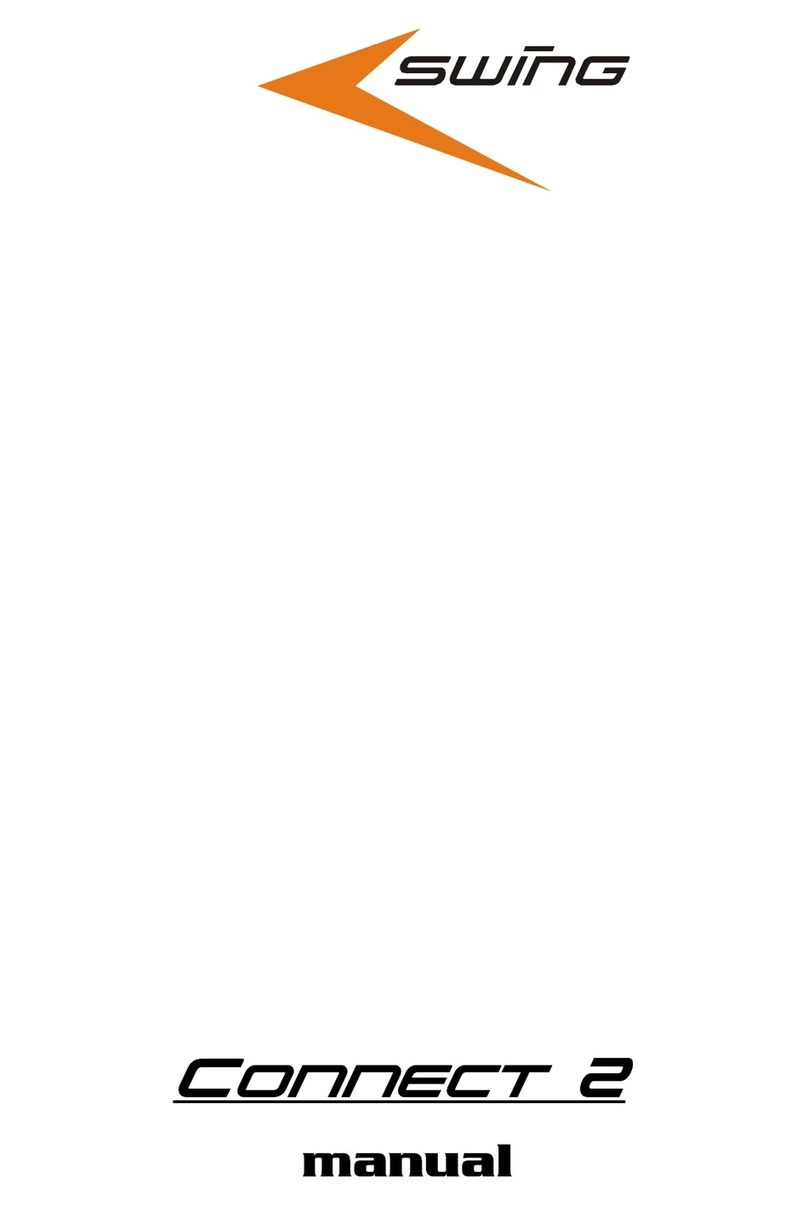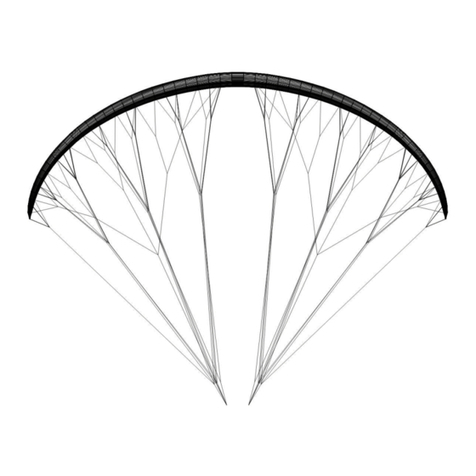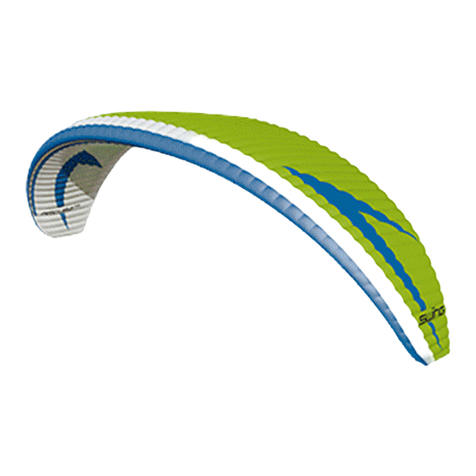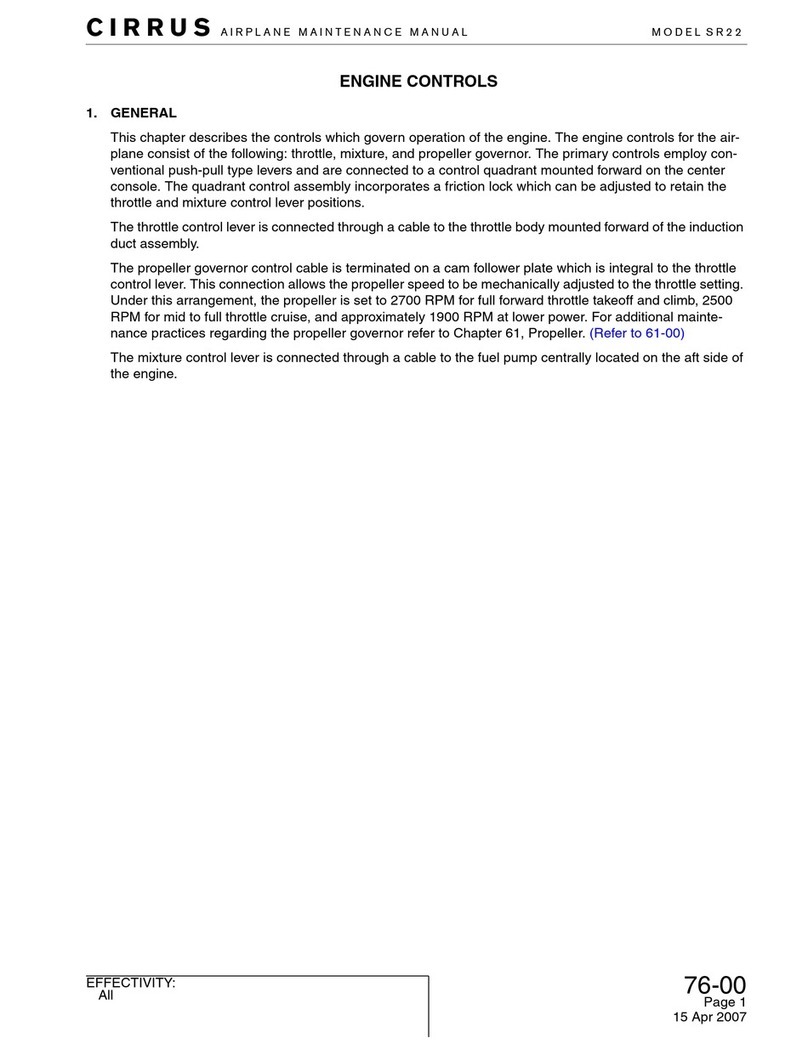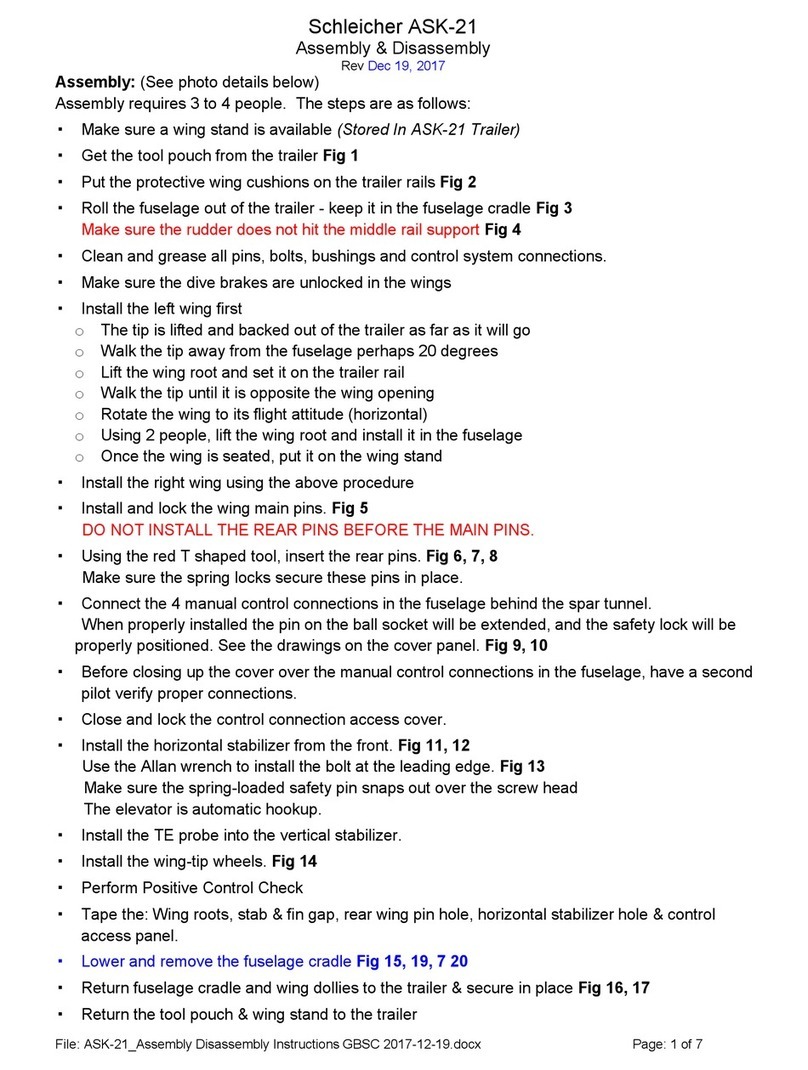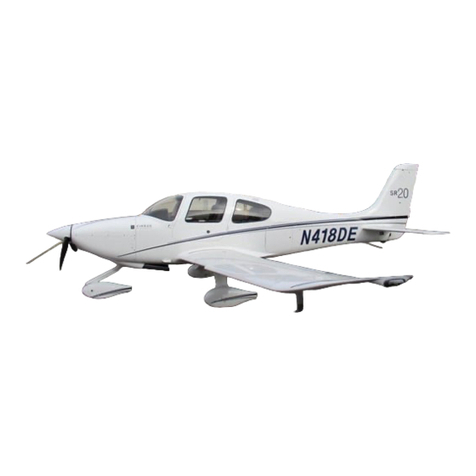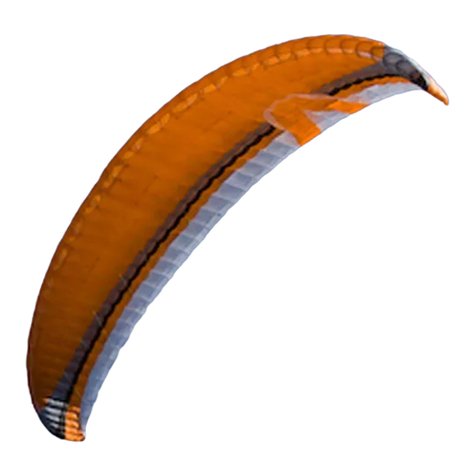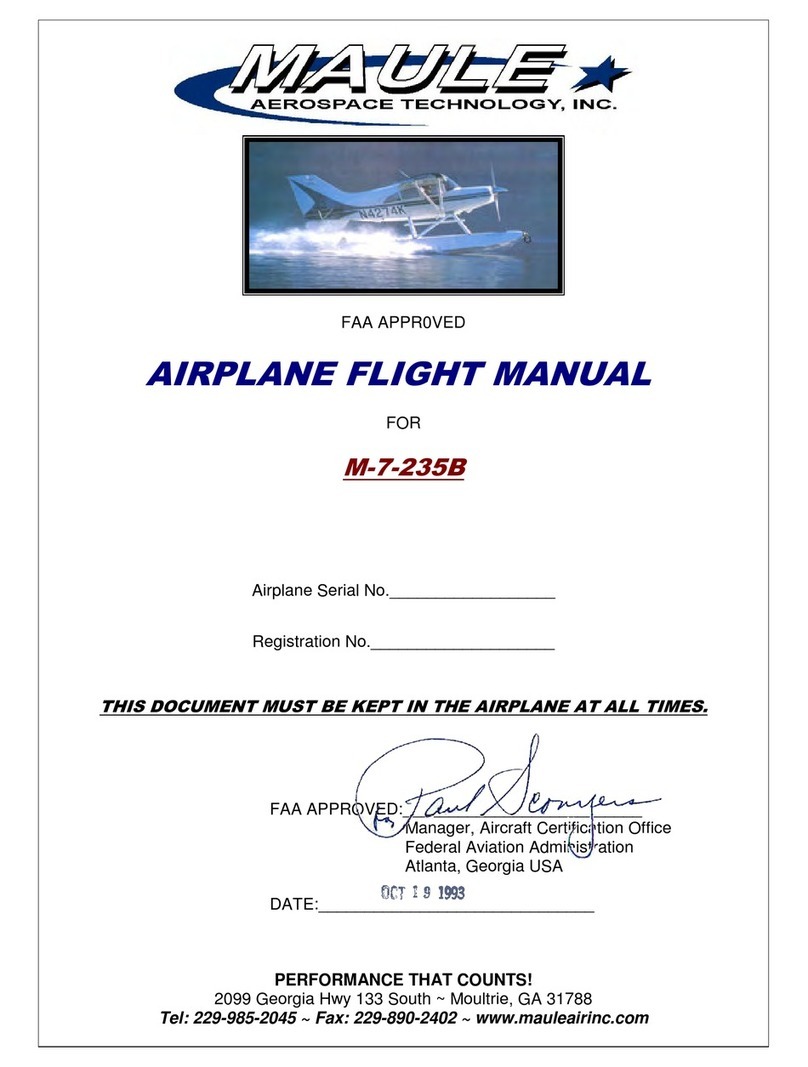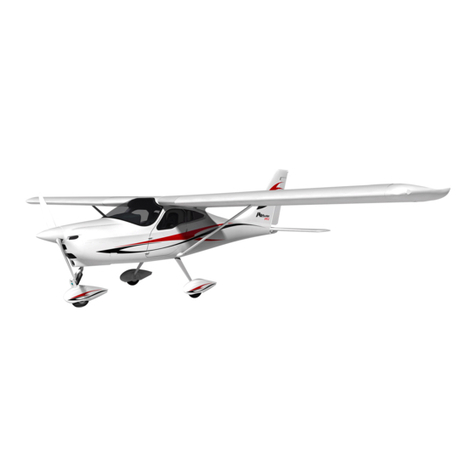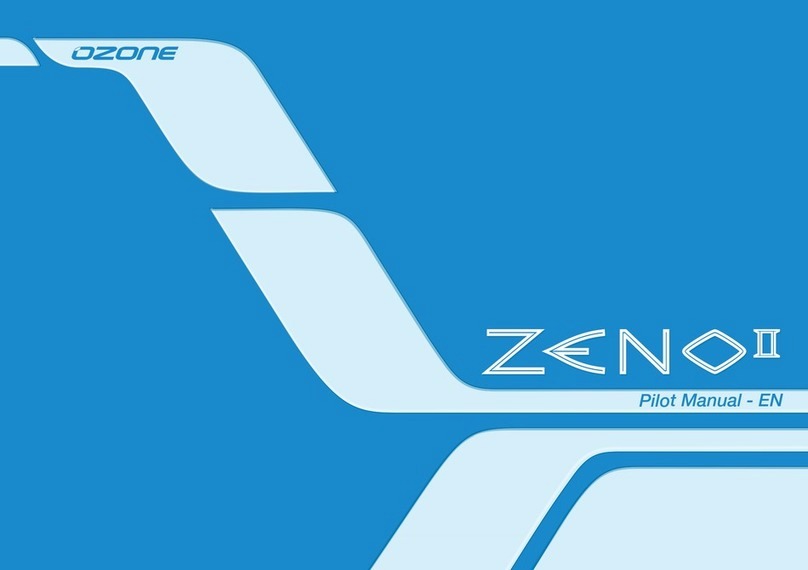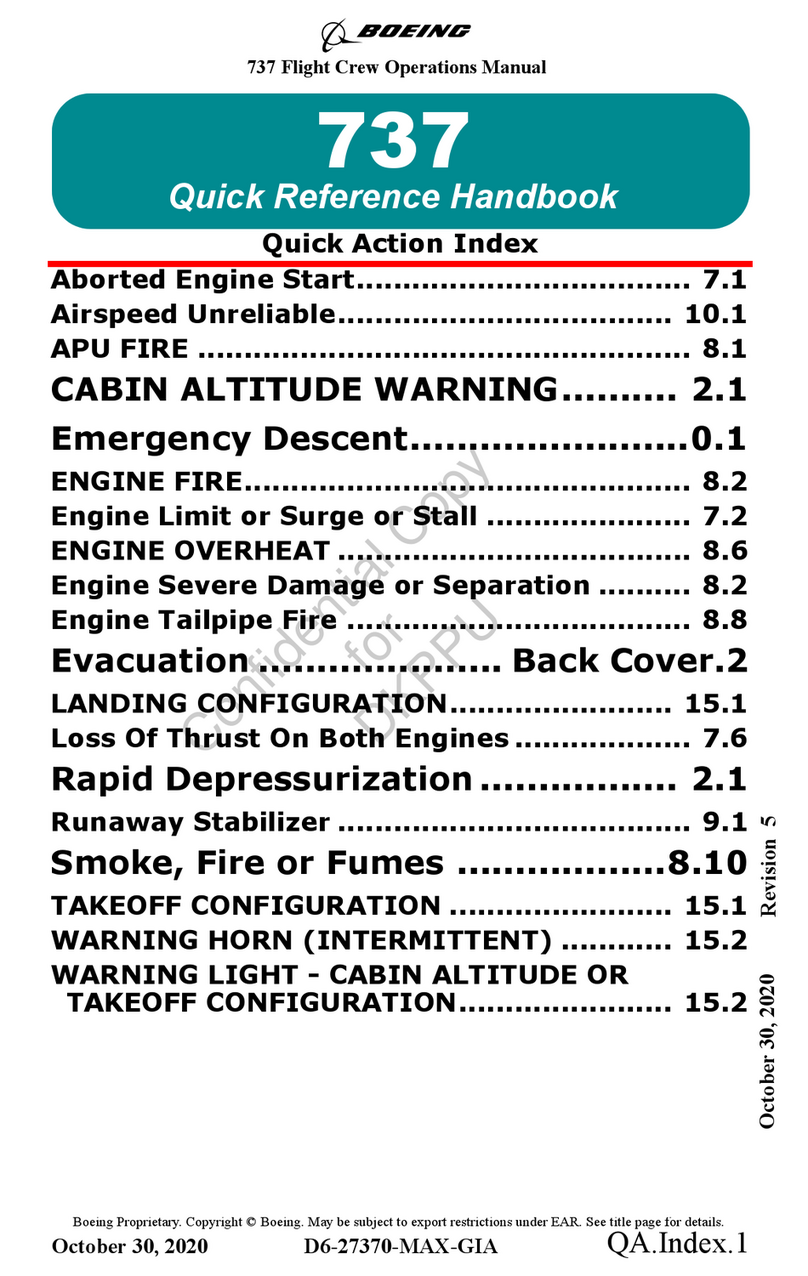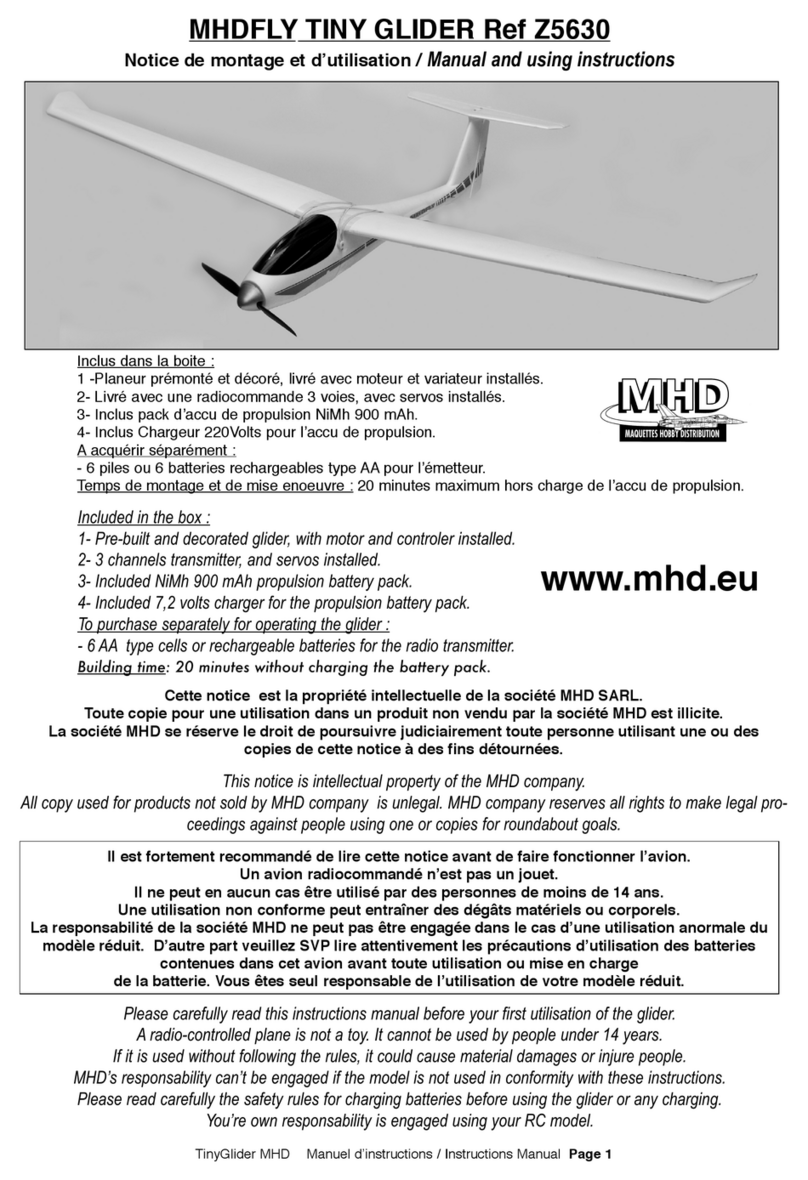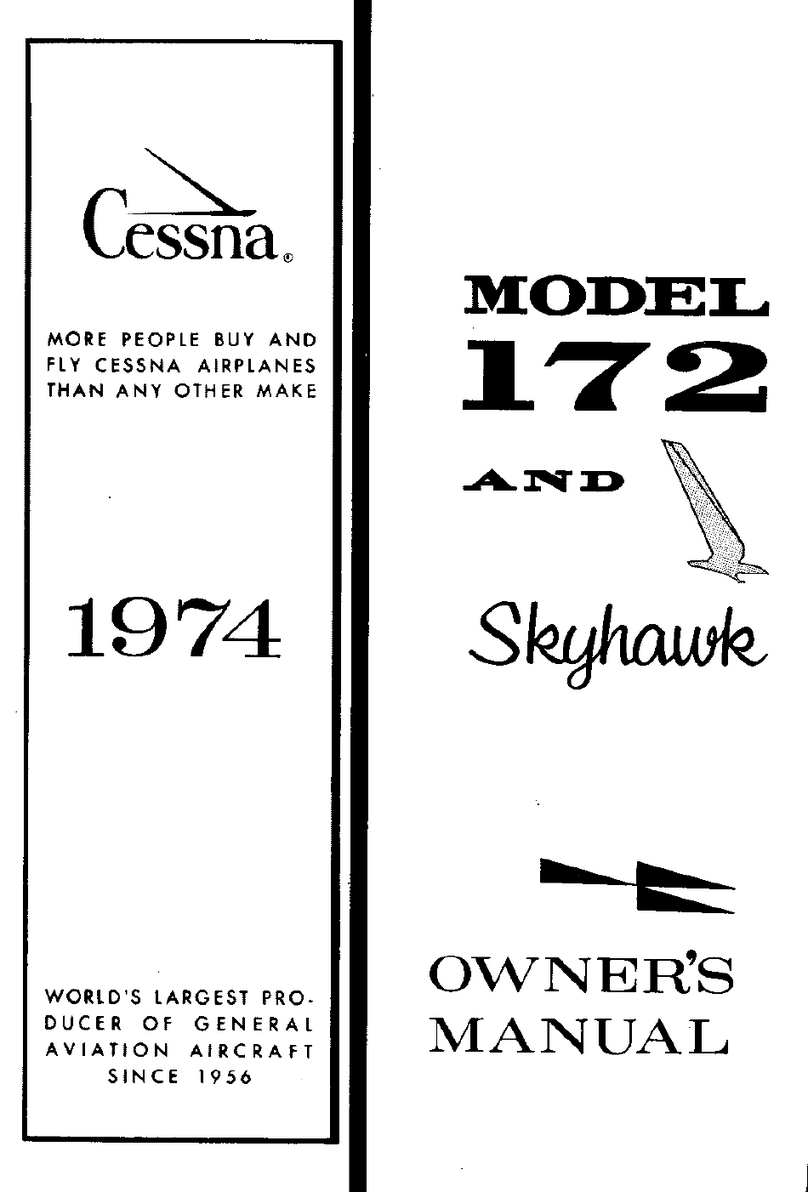Safety advice
All forms of aerial sport involve certain risks.
When compared with other types of aerial
sport, paragliding has the lowest number of
fatal accidents measured according to the
number of licensed pilots.
However, few other sports demand such a
high level of individual responsibility as
paragliding. Prudence and risk-awareness
are basic requirements for the safe practice
of the sport, for the very reason that it is so
easy to learn and practically anyone can do
so. Carelessness and overestimating one’s
own abilities can quickly lead to critical
situations. A reliable assessment of
conditions for flying is particularly important.
Paragliders are not designed to be flown in
turbulent weather. Most serious accidents
with paragliders are caused by pilots
misjudging the weather for flying.
Paragliders themselves are extremely safe.
In the type certification tests, all component
parts of a paraglider must withstand eight
times the load of normal flight. There is a
three-fold safety margin compared to the
maximum extreme load occurring in flight.
This is higher than the two-fold margin usual
in aviation. Accidents caused by material
failure are therefore practically unheard of in
paragliding.
In Germany, paragliders are subject to the
guidelines for air sports equipment and must
not under any circumstances be flown
without a valid certification. Independent
experimentation is strictly prohibited. This
Manual does not replace the need to attend
training at a paragliding school.
A specialist must test-fly and inspect the
paraglider before your first flight. The test-
flight must be recorded on the paraglider
information label.
Carry out your first flight with the paraglider
on a training slope. For this flight and for all
other flights, you must wear an approved
helmet, gloves, firm shoes with ankle-
support and suitable clothing. Only fly if the
wind direction, wind speed and current and
forecasted weather conditions guarantee a
safe flight.
The Manual must be passed on to any new
owner if the paraglider is sold. It is part of
the certification and belongs with the
paraglider.
The Stratus 8 was developed and tested
solely for use as a paraglider for foot-launch
and winch-towing. Any use other than as
intended is not permitted. Do not under any
circumstances use the paraglider as a
parachute. Acrobatics are not permitted.
Observe the other specific safety advice in
the various sections of this Manual.

